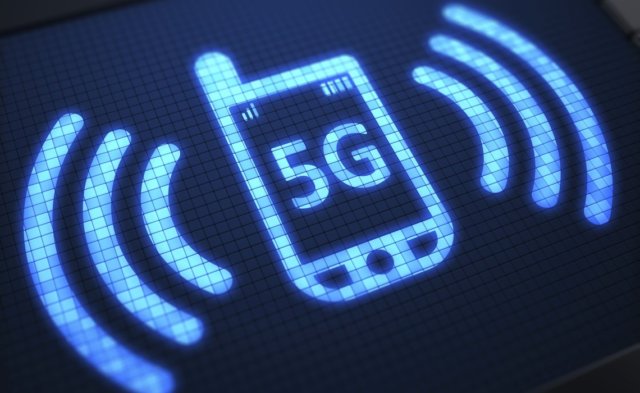New Delhi: If you are going gaga over the arrival of 5G in your vicinity in India anytime soon so that you can download a Netflix original in a jiffy or avoid constant buffering as you share videos on social media, take heart.
Despite tall claims made by the government, the 5G technology that is gaining momentum fast globally may take at least another 5-6 years to reach the masses in India – for the simple reason that even 5G spectrum allocation is yet to take place for full-fledged trials.
According to IT Minister Ravi Shankar Prasad, spectrum auctions will be held in this calendar year and the trials for 5G services with radiowaves allotted by the ministry will commence in the next 100 day.
This does not sound very promising, if we look at how the things are currently moving.
The entire 5G ecosystem, which involves original equipment manufacturers (OEMs), infrastructure, spectrum and edge devices, is currently missing and in such a scenario, various 5G-enabled devices that are now set to see the light of day are redundant for the Indian consumers.
“We expect 5G to reach mainstream in India in 2023 and mass market starting 2025 or so,” said Neil Shah, Research Director at Counterpoint Research.
“This will, however, be much earlier compared to 3G and 4G era which took at least seven to eight years in India since the first global commercialisation for each generation of tech curves,” Shah said.
Although India is targeting 2020 for 5G rollout, the country is yet to allocate 5G spectrum to operators even for 5G trial of use cases.
On individual level, 5G trials are slowly picking up with Ericsson, Nokia, Intel and Huawei aiming to invest towards 5G test beds in India.
“The dynamics are completely different now. We have a mature user base, perfect number of operators (three-four) and undergoing digital transformation at the right time beyond smartphones,” Shah noted.
According to the International Data Corporation (IDC), commercial 5G deployments have begun in many regions and while 2019 is very much an introductory year at best, 2020 looks to be the year where 5G begins to ramp up.
IDC expects 5G shipments to reach 8.9 per cent of smartphones shipped in 2020, accounting for 123.5 million devices shipped. This is expected to grow to 28.1 per cent of worldwide smartphone shipments by 2023.
“To be clear, we don’t think 5G will be the savior in smartphones, but we do see it as a critical evolution in mobile technology,” says Ryan Reith, Programme Vice President with IDC’s Worldwide Mobile Device Trackers.
To fully exploit 5G, a new network topology is required, including new network elements such as edge computing, core network slicing and radio network densification.
Currently, South Korea, China, Japan, Australia and the US are leading with 5G large-scale mass deployment.
When it comes to pricing, it might look different, said Shah, adding that it will be driven by consumption patterns, mostly based on type of content and applications.
A recent Gartner report said that betting big on Internet of Things (IoT)-based communications and video analytics/streaming, nearly two-third of organisations plan to deploy the 5G technology by 2020 but are wary of the lack of readiness of communications service providers (CSPs) in making 5G networks ready by then.
“One major issue that 5G users face is the lack of readiness of communications service providers (CSPs). Their 5G networks are not available or capable enough for the needs of organisations,” lamented Sylvain Fabre, Senior Research Director at Gartner.
India has much ground to cover in bringing 5G experience for over 600 million Internet users.
IANS
